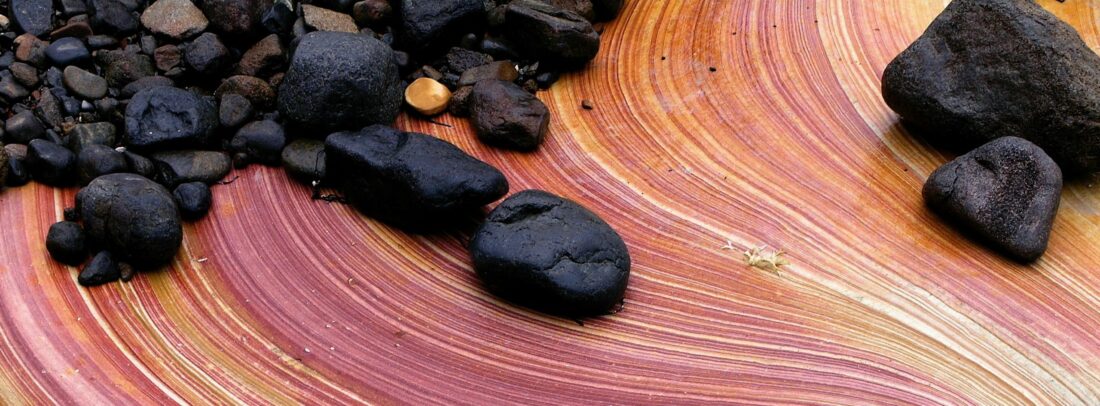
Painted Cliffs, Maria Island, Tasmania Tour
Seek connection with nature through deep listening and inner awareness
Edward Osborne Wilson, highly awarded American Biologist and Naturalist once declared that humans had an innate tendency to seek connection with nature and other life forms (Biophilia), concluding:
“nature holds the key to our aesthetic, intellectual, cognitive and even spiritual satisfaction”.
In this post we reflect on the practice of deep listening and awareness, known as Dadirri to our First Nation People. Having possible application to society today, the fusion of ancient and modern healing methods.
We also celebrate the legacy of Australia’s natural history and take heed of the artificial side of life driving mankind’s need to escape to the wild, in search of life balance.
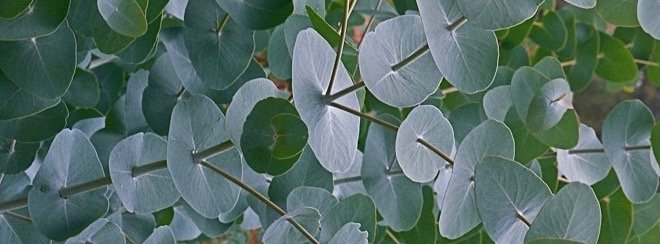
Creative detail of Australian Eucalypt
Dadirri, deep listening and awareness
Our First Nation People passed on stories orally for tens of thousands of years.
Having respectful regard for elders, listening to their wisdom, nurturing the growth of family, community, heritage and culture.
Dadirri is the process of deep inner listening and awareness. What we might term “contemplation”.
It is also about waiting, not rushing but flowing with the natural course.
Questions arise today around impatience, aggression, demands, disrespect and need for self-gratification through social media.
Could Dadirri hold the gift or guidance modern society is craving for?
It is the healing power or spirit (“a deep spring inside us all”) for dealing with trauma.
Chance to explore common threads between ancient and modern ways of healing.
Dadirri spreads across all life, the struggles, understanding and learning.
Wisdom is retained deeper inside when shared face to face.
In deep listening and awareness we find the spirit, the rights of passage through life.
Maybe reconciliation.
Legendary bushman, RM Williams spent many years trekking through the Australian desert, living with Aboriginal communities, learning how to survive the harsh conditions.
His advice to us, “you learn more from watching and listening”.
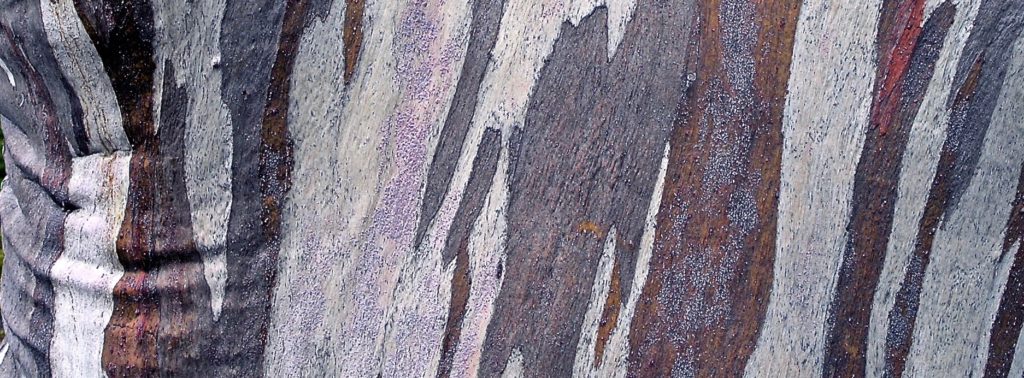
Bark of the Snow Gum, Cradle Mountain, Tasmania Tour
The artificial side of life
An open mind and modern science suggest our disconnection from nature is harmful to our psyche and well being.
The industrial influence on society is diminishing mankind’s vision, beyond consumerism.
Middle-class consumption aided by soul-suppressing jobs.
We live and work in artificial environments, from building materials and design, to lighting, air-conditioning, screens and noises.
The word noise comes from the latin word “nausea”.
We risk disconnection from our natural biology by an over-stimulated mind.
City life is dominated by mechanical time (punctuality and deadlines), while our bodies and minds are geared to biological time
Incessant attention grabbers clutter our lives – the need for retreat and relief.
We know what happens to a species on losing touch with its natural habitat?
We risk seeing ourselves separate from or having dominion over nature.
David Suzuki, zoologist, science broadcaster said of the sacred balance:
“There are some things in the world we can’t change – gravity, entropy, the speed of light, and our biological nature that requires clean air, clean water, clean soil, clean energy and biodiversity for our health and well being. Protecting the biosphere should be our highest priority or else we sicken and die”.
Australia, a global anomaly
The superlatives are endless suggesting Australians should be proud of their natural history – politics, economics and sport aside.
We inhabit the most ancient of lands dating back 4.5 billion years, a continent separated from Antarctica and Gondwanaland 45 to 180 million years ago.
It is the world’s largest island continent with 60,000 kms of coastline surrounded by 8,222 other islands and 12,000 iconic beaches.
Home to the world’s oldest living culture, connected to country, surviving 65,000 years, once encompassing over 500 different clan groups or “nations”.
It is the second driest continent supporting 7 distinct varieties of landscape.
It possesses the world’s oldest geological features and the most ancient of rivers.
“Recent” fossil discoveries from the Ediacaran Era, 635 to 541 million years ago, have revealed soft body creatures and the earliest evidence of life.
By global standards it has the largest wilderness region in the world, where ecological functions are largely unaffected by the transgression of humans.
20 UNESCO World Heritage Sites protect the oldest rain forests, largest sand island, remnant ancient stands of Antarctic Beech trees, 3000 coral reefs and 300 coral cays, the birthplace of song birds, the oldest human skeletons of man and woman discovered outside of Africa.
Some of the world’s largest National Parks are protecting the wild, popularly described as lush and beautiful, harsh and inhospitable, untouched and inspirational.
One of the largest land based mountain ranges and interior river catchments cover much of the continent.
The largest artesian water basin (equivalent to 130,000 Sydney Harbours) contains pure water two million years old.
570,000 or 5% of the world’s animal and plant species make Australia
a mega-diverse stronghold.
Seasonally, monsoonal rains give rise to a flooding event stretching thousands of kilometres along the wildest untouched inland river and wetland
system bringing life to one of the most amazing landscape transformations.
Attracting tens of thousand of migrating birds in a frenetic feeding and breeding cycle.
“How proud must we be, to be Australian? Compelling reasons to head outback in search of life enriching experiences”.
Joy in looking and comprehending is nature’s most beautiful gift – Albert Einstein
0
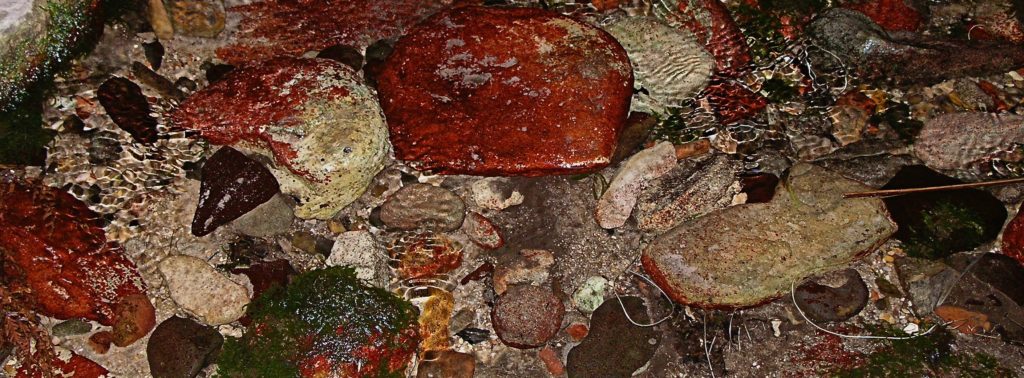
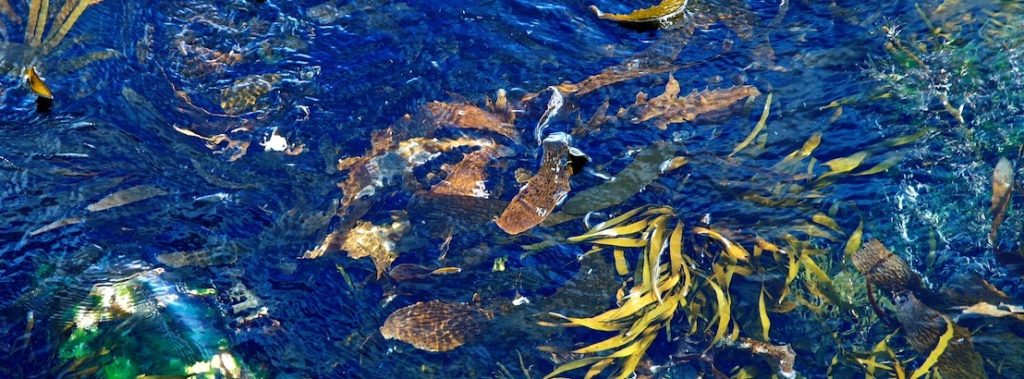
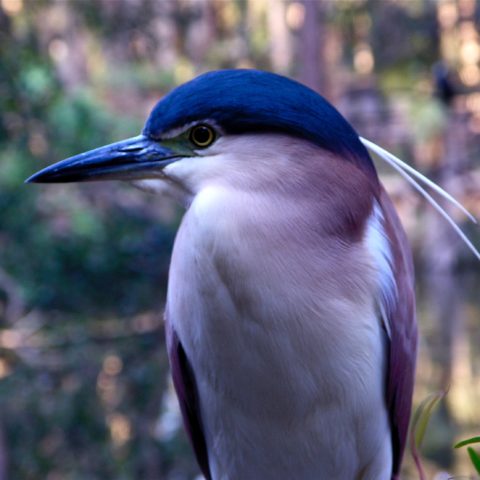
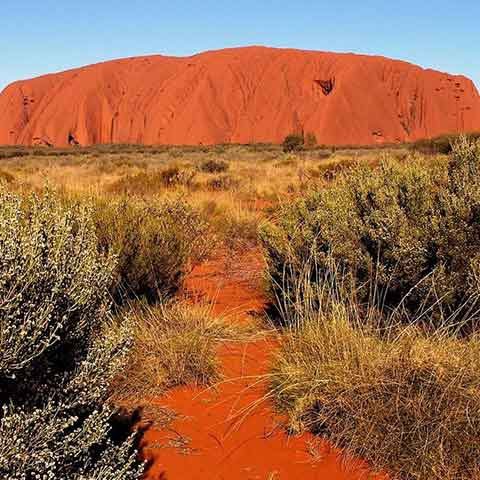
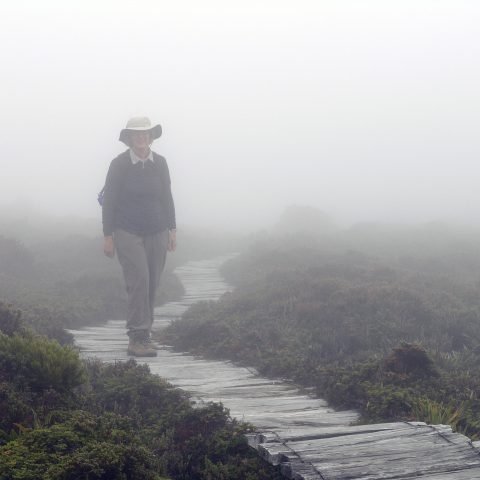


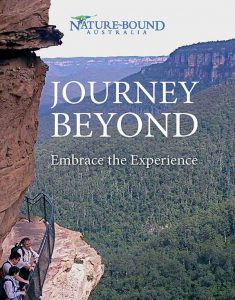
Leave a Reply
You must be logged in to post a comment.